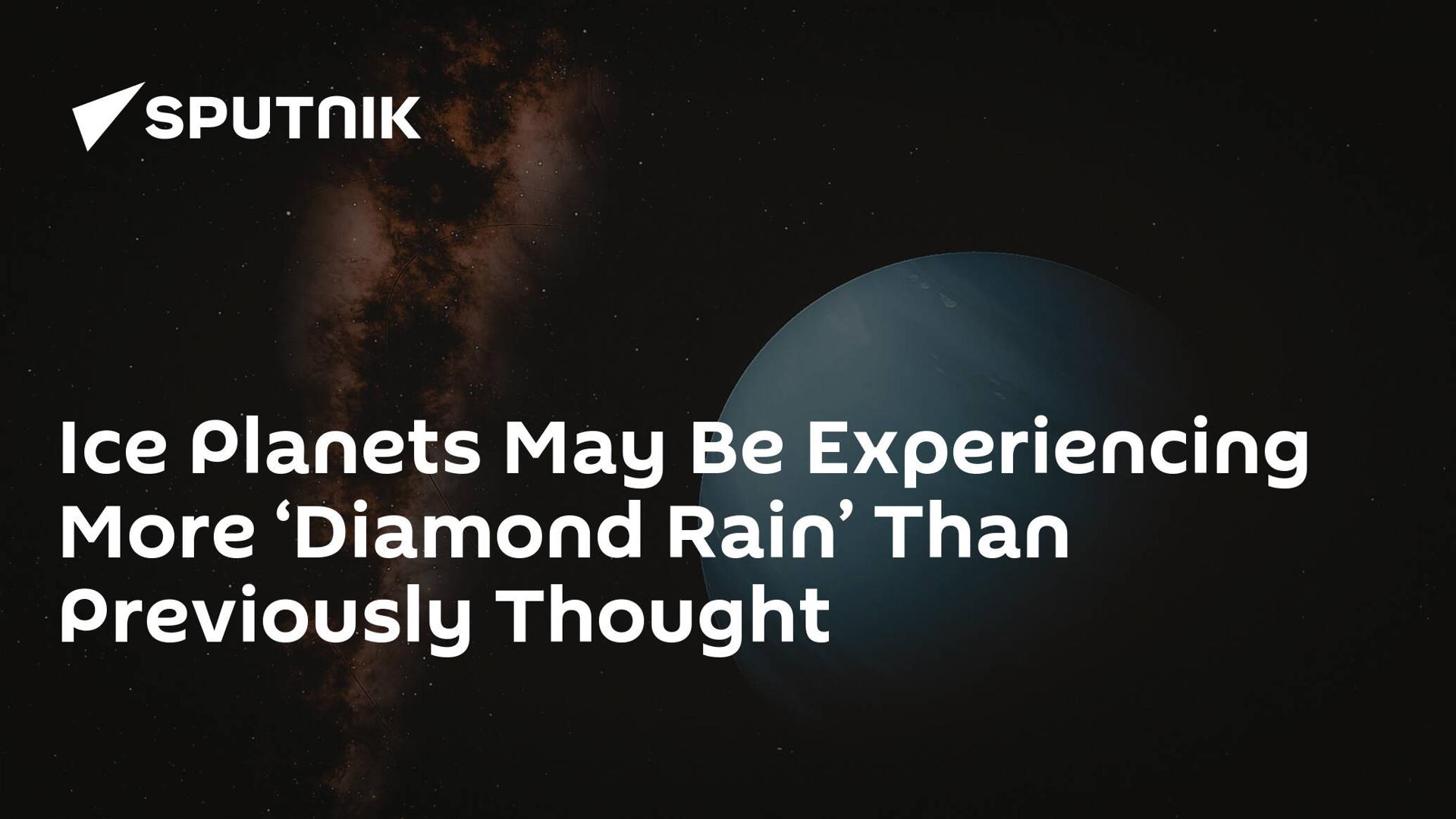Africa-Press – Mauritius. In an experiment from 2017, researchers at the Stanford Linear Accelerator Center (SLAC) used an optical laser and plastics to simulate the interiors of Uranus and Neptune and discovered the phenomenon of “diamond rain” in these high pressure conditions.
Researchers from Germany, France, and the United States adjusted the previous experiment and used a new material which better resembles the chemical makeup found in Neptune and Uranus.
Using (PET) plastics which present higher levels of oxygen than previous experiments and situ x-ray probing the researchers were able to observe the splitting of carbon and hydrogen, which created diamonds.
By replicating the extreme temperatures and pressures inside of Neptune and Uranus, the researchers observed the “diamond rain” phenomenon: methane being broken apart by intense pressure and releasing carbon, carbon creating chains, then the chains squeeze together until they form crystalline patterns that give the appearance of diamonds.
These hefty diamonds then fall through layers of mantle until they are vaporized by heat, and then float back up to repeat the cycle.
The researchers, who published their findings on Friday in the journal Science Advances, not only believe that the phenomenon may be more prevalent than previously thought, they are predicting that the diamonds found on these icy planets could weigh millions of carats.
The largest diamond on Earth—known as the Cullinan Diamond— weighs just over 3,100 carats.
The team’s research also is a new insight into how nanodiamonds may be made in the future, which could be useful for those in the health and tech field.
The researchers are continuing to test and modify their “diamond rain” experiment to see how the phenomenon occurs in thick and thin air, while NASA is planning a mission to Uranus and Neptune, possibly as soon as next decade.
For More News And Analysis About Mauritius Follow Africa-Press







